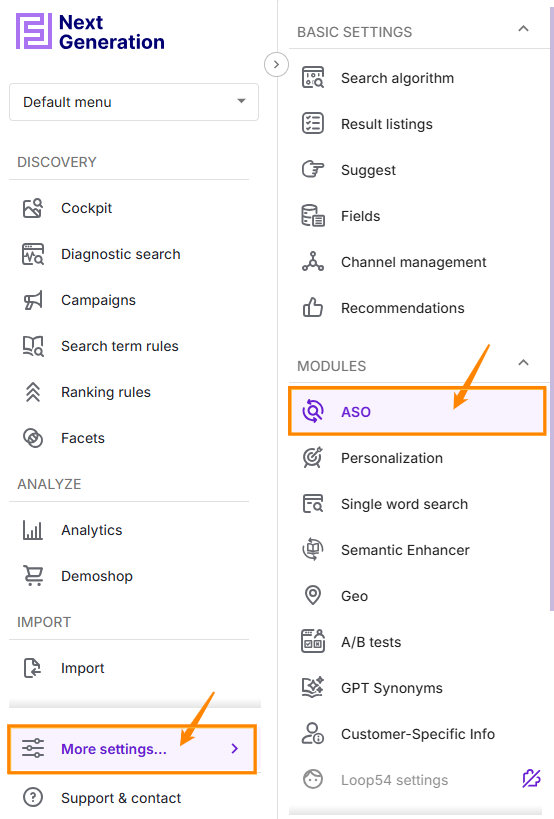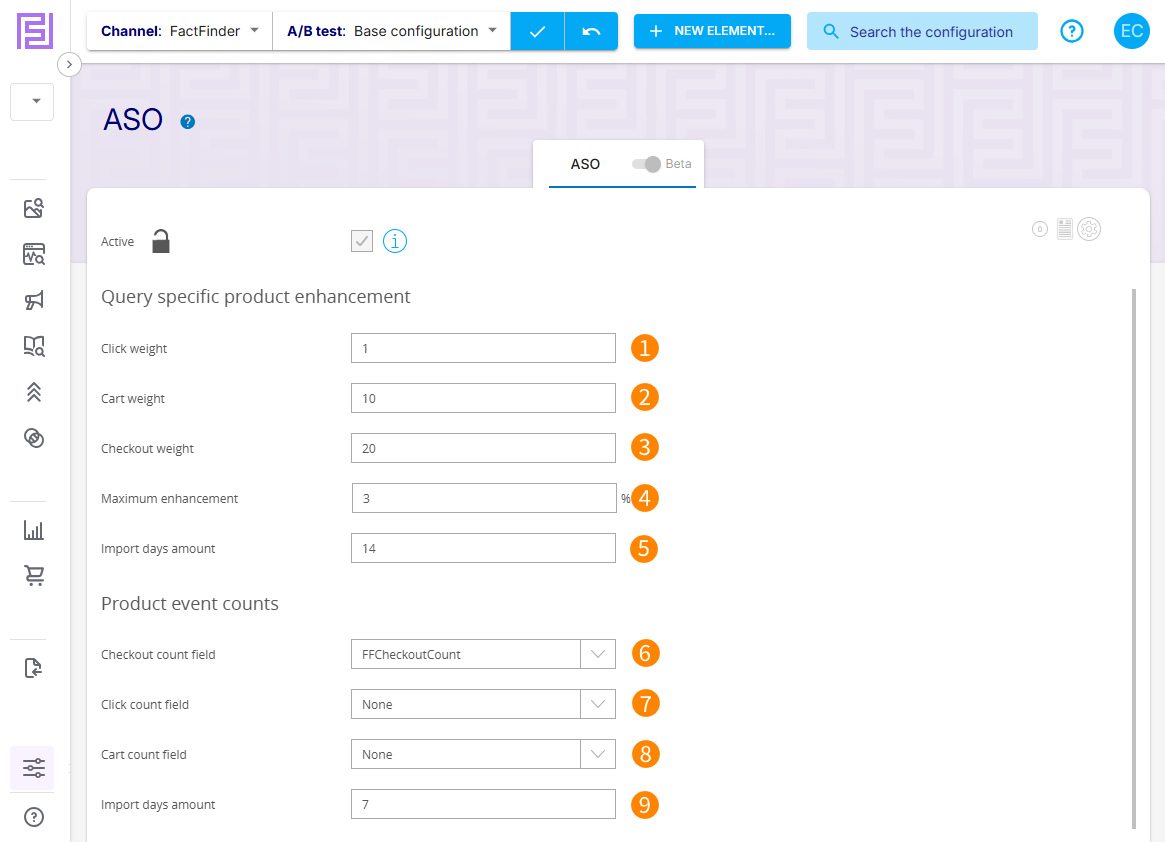Ranking according to User Behaviour
Popular products will be promoted automatically
In addition to its ranking rules, FactFinder offers another tool to achieve the best possible product display order, enhancing the probability for customer purchases: Automatic Search Optimization.
This feature ensures that the most popular products (the ones that are most often searched for, clicked on, and purchased) will proceed (step by step) to the very top positions of your search result pages. Using tracking data, FactFinder automatically defines the appropriate popular products, whose positions are then promoted by the algorithm.
Search Result Optimization determines the rank of the displayed products by applying ranking rules. After activation, it automatically affects the entire online shop, continually improving the quality of the search results.

Advantages:
Search results are optimized
automatically.Popular products will be purchased
even more often.Increases both conversion
rate and turnover.
Configure ASO
ASO module can be found in left side menu, next to More setting…→ ASO in Modules category:


You can define the fields in which FactFinder-NG counts clicks (7) , shopping cart additions (8) and checkouts (6) yourself. FactFinder-NG is “preset” to three fields.
In addition, the ASO requires the analysis period (5) to extract the data from the corresponding logs.
In (1) you can determine the weight of a click event. In (2) and (3) you can do the same for a cart and a checkout event.
In many cases it makes sense to fill the fields (5) and (9) with the same value. If the fields, which are configured in (6), (7) and (8), are also used for other purposes (like ranking rules or sorting) it can be useful to set the value of (9) to a higher value as the value of (5).
By default, FactFinder-NG counts an addition to the shopping cart as ten times the value of a click and a sale as twenty times the value. This can lead to distortions in shops with low sales figures. In these cases, it might be sensible to only work with multipliers 5 and 10.